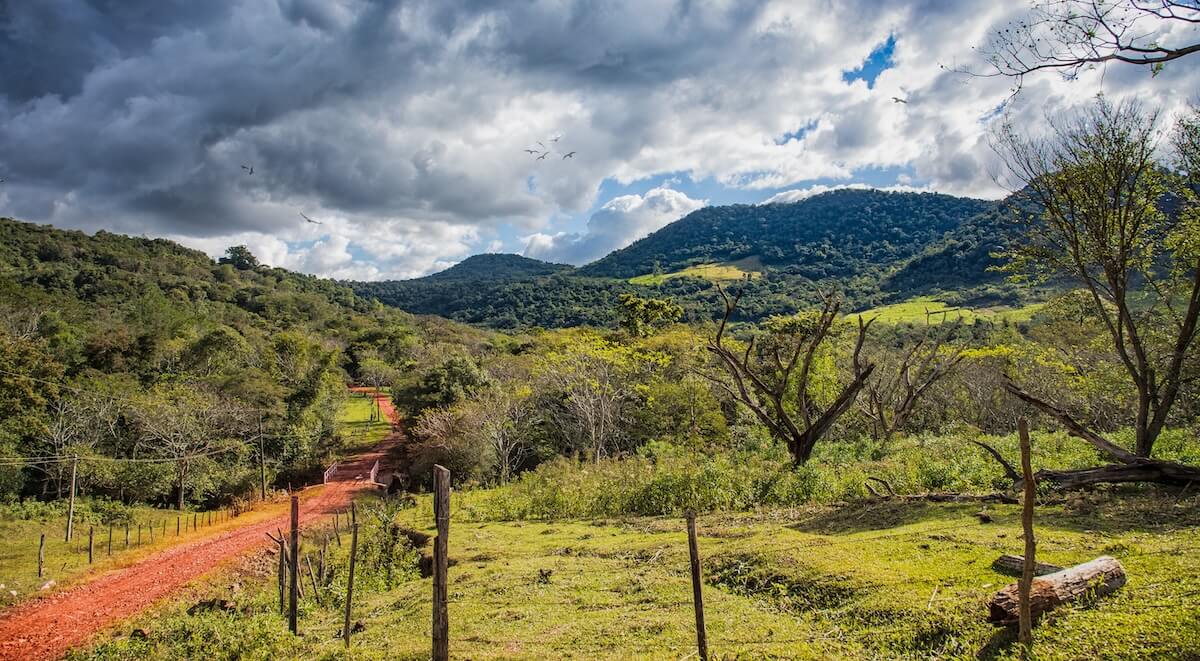ImpactAlpha, March 5 – With a half-billion dollar fund and more than a dozen investments, the U.S.-China Green Fund has quietly executed the first stage in its strategy for accelerating China’s transition to a low-carbon economy.
A first fund of 3.7 billion yuan ($550 million) has invested in Chinese companies that open trusted channels into major Chinese markets for the cleantech transformation of agriculture, housing, building, manufacturing, transportation and small businesses.
Stage two: The firm is raising a second, yuan-denominated fund of as much as $1 billion to expand the portfolio with investments in western firms with proven clean technologies. The distribution channels the Green Fund established through its first set of investments will help the foreign companies enter and navigate the Chinese economy, and plug their technologies into the growing demand – and government mandates – for low-carbon solutions.
“This is private-equity-style nuts-and-bolts investing” in China’s green economy, the Green Fund’s Doug Cameron told ImpactAlpha. The firm’s goal in the West, he says, is to back technologies that have been substantially de-risked and that could benefit from the the fund’s portfolio reach. Cameron, a chemical engineer by training, led biotech at Cargill before turning to investing, first at Vinod Khosla’s Khosla Ventures and later through his own sustainable agriculture investment firm, First Green Partners.
“China is the biggest market in the world for the sorts of things we’re doing,” says Cameron, who is now stocking the firm’s U.S. pipeline with technologies driving sustainable agriculture, clean water, renewable energies, waste reduction and green building materials. To ramp up its western investments, the firm is opening an office in Chicago. “Every time we make an investment in China, our network and reach expands.”
The global political environment is quite different than it was when the U.S.-China Green Fund was launched with high-level political support in both countries. The Obama administration had worked hard to forge collaborative climate action among the world’s two largest carbon emitters, ultimately coaxing China to join the Paris climate agreement in 2015.
The first fund’s investors were a mix of Chinese state-owned and commercial enterprises and Chinese financial institutions such as Industrial and Commercial Bank of China, Citic China Securities and Avic Trust. The investment arm of Chinese Academy of Sciences was an early limited partner. Others include Three Gorges Group, one of the largest hydro power companies in China; Trina Solar, one of China’s largest solar companies; and Envision Energy, one of its largest wind energy firms.
Now, China is leading the way in forging new industries optimized for the low-carbon transition. National mandates around air and water pollution, sustainable agriculture and reforestation mean local officials are under pressure to meet environmental milestones. That’s an opportunity for U.S. firms as well, Cameron says.
Low-carbon platform
The fund’s early investments have created distribution channels and platforms. For example, Huitongda has brought online a network of more than 100,000 mom-and-pop shops that reach about one-third of China’s vast rural population. The rural retail network creates a channel to offer safer fertilizers and pesticides to farmers and agribusinesses, as well as distribute of solar mini-grids, electric vehicles and other green products. The U.S-China Green Fund made a $70 million investment; shortly after, Chinese ecommerce giant Alibaba, also keen to reach rural markets, invested a whopping $717 million.
The U.S.-China Green Fund invested in property management company Changcheng Properties, which manages some 700 properties across China that house 27 million people. That gives it the ability to drive efficiency and renewable-energy use in China’s building stock and “access to a market” for products like solar panels, green building materials, smart thermostats and recycling programs, says Cameron. “We think this gives us deep understanding of the needs in China.”
To enter the growing market for green cooling systems, the U.S.-China Green Fund paired an investment in the Chinese firm East Low Carbon, which does efficiency upgrades to hotels, hospitals and other buildings, with an investment in the U.K.’s Cooltera, a water-based cooling system for computer data centers. For its push into industrial applications, East Low Carbon is using Cooltera’s products to cool data centers that are proliferating in China.
“We’re building the channel to market” for green technologies in China and “building our track record,” says the Green Fund’s Annie Zhou, who’s been involved since the early stages.
“We’re growing in a discreet but stable way.”
Political roots, commercial capital
The low-carbon synergies between the two largest economies – and carbon emitters – in the world seemed obvious in what now seems like the long-lost era of 2015. China wanted access to long-incubated clean technologies in the U.S. and other western economies. Foreign companies were eager to tap the Chinese market, but many were challenged by China’s red tape and commercialization processes.
The US-China Green Fund followed on the heels of Chinese President’s Xi Jinping’s 2015 visit to U.S. The heads of state had made public commitments to the Paris Climate Agreement and agreed to work together toward both countries’ transition to low-carbon economies.
Former U.S. Treasury Secretary Henry Paulson, founder of the Paulson Institute, a US.-China relations think-tank, and Vice Premier Liu He, who heads China’s Office of the Central Leading Group for Financial and Economic Affairs, were tasked with developing the effort. They became early founders, and tapped Bo Bai, the MIT PhD who was leading Asian energy investments for Warburg Pincus, to head the fund. The Environmental Defense Fund is helping track and manage the fund’s impact on climate emissions, energy savings and other climate goals.
Governmental processes have their place, says Cameron. But there was a feeling “that there’s also a place for a fast-moving, commercially driven non-government effort to make this happen.”
The new fund will test whether enthusiasm remains high for such an effort, even as the countries’ climate policies have diverged and trade tensions remain high.











